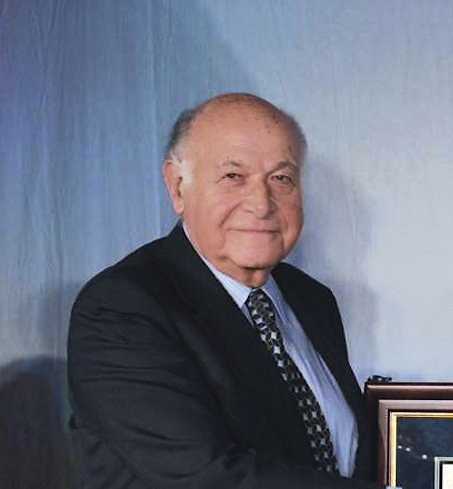
Maurice Tempelsman, a figure whose life story reads like a mosaic of geopolitical intrigue, immense wealth, and profound personal connection, passed away recently at the age of 95. His death on August 23, due to complications from a fall, marked the end of an era for a man who profoundly shaped the international diamond trade, moved effortlessly among global power brokers, and, in his final years, became the devoted partner of Jacqueline Kennedy Onassis. He was a symbol of the opaque and ultra-clubby diamond market, drawing particular public attention as the longtime companion of the former first lady.
Born into an Orthodox Jewish family in Antwerp, Belgium, in 1929, Tempelsman’s early life was defined by the cataclysmic events of World War II. His family’s urgent flight from Nazi Germany in 1940 to the refuge of New York City instilled in him a drive and an understanding of the world’s harsh realities that would underpin his entire career. From these humble beginnings as a refugee, he would ascend to become one of the most powerful and private figures in the global commodities market, embodying the quintessential American narrative of reinvention and success.
This article provides an in-depth exploration of Maurice Tempelsman’s remarkable life, highlighting the pivotal moments and relationships that defined his extraordinary trajectory. This first section will illuminate the foundations of his power and influence, detailing his origins, his dramatic rise in the diamond industry, his unparalleled political access, and the nascent stages of his enduring friendship and eventual romantic partnership with Jacqueline Kennedy Onassis.
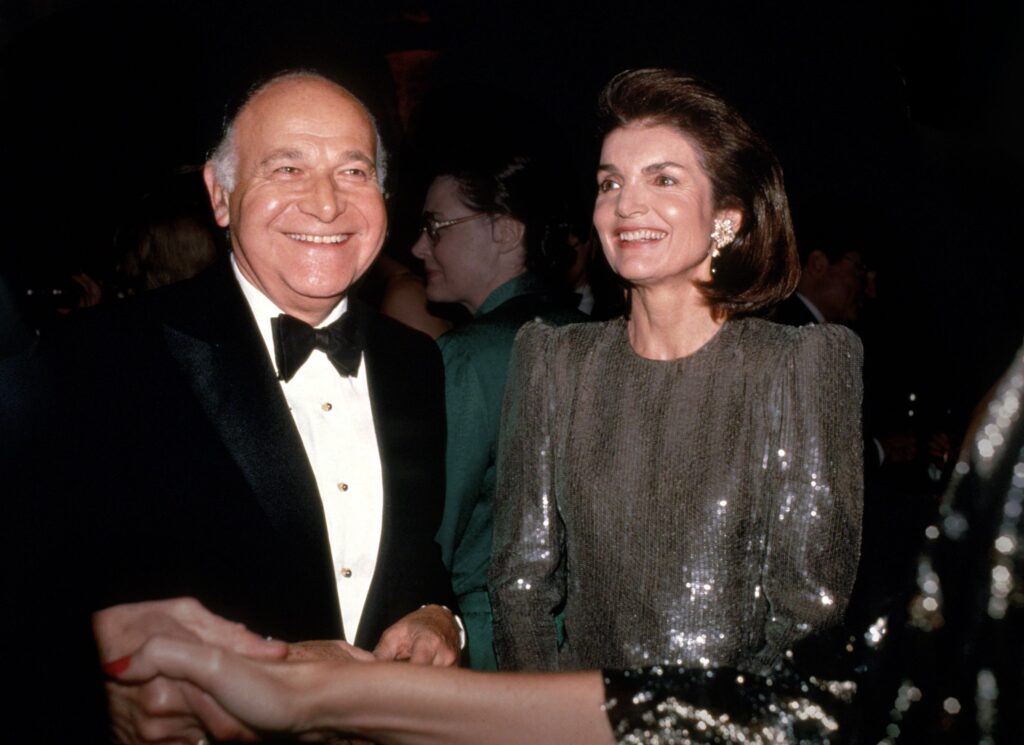
1. Early Life and Escape from Nazi Europe
Maurice Tempelsman’s life commenced on August 26, 1929, in Antwerp, Belgium, a city historically synonymous with the global diamond trade. He was born into an Orthodox Jewish family, whose deep-seated connections to the diamond industry through his father and other relatives would inevitably shape his own destiny. However, the initial tranquility of his childhood was abruptly shattered by the ominous shadow of World War II and the relentless advance of Nazi Germany.
As Nazi troops inexorably advanced on Belgium in 1940, the Tempelsman family faced a stark choice: flee or face unspeakable persecution. They made the courageous decision to board a ship for New York, embarking on a harrowing journey that would permanently alter their lives. This dramatic escape from war-torn Europe, a defining moment for the young Maurice, planted the seeds of resilience and a profound understanding of global geopolitics that would serve him throughout his career.
The family ultimately settled with other refugees on the Upper West Side of Manhattan. In this new land, Maurice Tempelsman became a U.S. citizen, embracing the opportunities and challenges of his adopted country. This period of adaptation solidified his resolve and imbued him with the determination necessary to rebuild and thrive. The experience of having his homeland invaded and being forced to flee instilled in him a pragmatic outlook and an ability to adapt quickly to changing circumstances, preparing him for the complex world of international commerce and political maneuvering.
Read more about: Agnes Keleti: A Centennial Legacy of Resilience – How a Holocaust Survivor Became an Olympic Gymnastics Legend

2. Entry into Diamond Trade and US Government Deal
Once established in New York City, the Tempelsman family quickly re-engaged with the diamond industry. Maurice’s father swiftly found work in the bustling diamond district, providing a renewed connection to their ancestral trade. It was within this environment that Maurice, after attending New York University for two years, made the pivotal decision to drop out and join his father in a new business venture, Leon Tempelsman & Son. This marked the formal beginning of what would become an extraordinarily successful career in the international diamond trade.
At the remarkably young age of 21, in 1950, Maurice Tempelsman showcased an early flash of genius and an exceptional grasp of strategic thinking. He devised a compelling and audacious pitch, successfully persuading U.S. officials that he was the ideal individual to broker a steady flow of shipments for a national stockpile of industrial-grade diamonds. This far-sighted policy, initiated after World War II, was designed to guarantee that U.S. companies would have dependable access to these critical materials, which were indispensable for precision tools. The US government was eager to avoid being solely reliant on De Beers, which had been accused of rationing its wartime supply.
This singular achievement instantly propelled Tempelsman into the international spotlight, solidifying his role as a key middleman between African diamond suppliers and the American government. His adeptness at navigating intricate negotiations and securing such a significant, long-term government contract was a powerful testament to his burgeoning influence and acute understanding of both global economics and strategic national interests. This foundational deal not only launched his career but also forged crucial relationships with newly decolonized nations such as Ghana and what was then Zaire (now the Democratic Republic of Congo). He understood that the decolonization of Africa would open unique opportunities for energetic, intelligent outsiders like him to forge new alliances, setting him apart as a visionary.
Read more about: Beyond the Mainstream: 15 Wild Classic Car Features Automakers Left in the Dust and Why You Won’t See Them Again
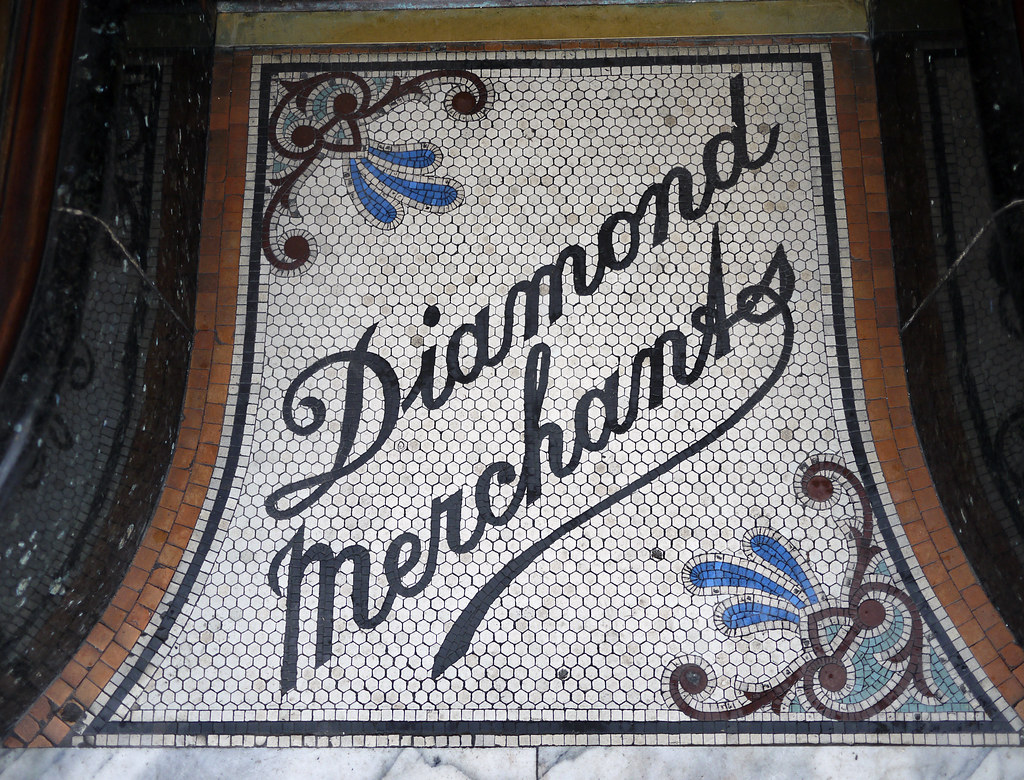
3. Ascension as an Influential Diamond Merchant
Building on his groundbreaking success with the U.S. government, Maurice Tempelsman swiftly consolidated his position as a preeminent force in the global diamond market. His shrewd business acumen transformed him into a multimillionaire, as he effectively served as the linchpin between African suppliers and the U.S. government for many years. His foresight extended beyond mere brokering, encompassing a deep intuitive grasp of the intricate dynamics of the diamond world and the critical importance of cultivating strategic alliances and investments.
His influence within the industry expanded dramatically, culminating in 1984 when he acquired Lazare Kaplan International. This publicly traded company, under his leadership, blossomed into one of the largest entities specializing in the import, cutting, and sale of diamonds, boasting a prestigious client roster that included Tiffany’s and Cartier. This strategic acquisition underscored his capability to build and manage a diversified conglomerate deeply involved in mining, industry, and agriculture, alongside orchestrating consortiums for diamond and mineral extraction. Mr. Tempelsman, through these ventures, rose to become the largest individual player in the U.S. diamond market.
A testament to his unparalleled standing was his inclusion among De Beers’s select group of “sightholders.” This exclusive club, comprising only several dozen brokers worldwide, granted its members the coveted privilege of purchasing uncut diamonds directly from the De Beers cartel. Given that De Beers, at the time, commanded a near-monopoly on approximately 80 percent of the world’s diamond supply, Tempelsman’s status as a sightholder unequivocally affirmed his profound influence and strategic importance within the notoriously secretive and ultra-clubby global diamond market. His deep understanding of the entire diamond pipeline, from the raw mine to the gleaming showcase, cemented his reputation, leading author Nancy Turner Banks to aptly describe him as “the wizard behind the curtain.”

4. Deep Political Ties and Democratic Party Support
Maurice Tempelsman’s formidable influence transcended the confines of the diamond industry, reaching into the highest echelons of American politics and international diplomacy. Throughout his extensive career, he meticulously cultivated and maintained exceptionally close ties with government officials and was an unwavering, ardent supporter of the Democratic Party. This commitment was demonstrated through significant financial contributions, notably donating around $500,000 in the 1990s alone. Such substantial financial backing afforded him unparalleled status and access to the party’s leadership, establishing him as a crucial and well-regarded figure within Democratic circles since the 1950s.
His network of personal friendships was equally impressive, encompassing several prominent Democratic leaders who shaped 20th-century American policy. These included Jacqueline Onassis’s late husband, President John F. Kennedy, with whom he had an early and significant relationship. His connections extended to key figures from subsequent administrations, such as Secretary of State Madeleine K. Albright and National Security Adviser Anthony Lake, both of whom served under President Bill Clinton. His early legal adviser was Adlai Stevenson II, a two-time Democratic presidential nominee, further illustrating the caliber of his political associations.
Tempelsman’s political access translated into active participation at the highest levels. He was a regular visitor to the Clinton White House and had the rare distinction of hosting President Bill Clinton and First Lady Hillary Clinton on his opulent 70-foot yacht, the Relemar. In 1995, demonstrating his unique position as a trusted informal advisor on international affairs, he traveled on Air Force One with President Clinton to Moscow. This trip underscored his deep engagement with national and international policy, particularly given his company’s pact with Russia’s diamond monopoly, Alrosa. Declassified State Department cables from Africa further illustrate his clandestine role as a “troubleshooter and favor-trader,” often possessing superior contacts and a more nuanced understanding than official U.S. agencies.
Read more about: Remember the Aughts? 12 Mind-Blowing Moments and Trends That Totally Shaped the 2000s

5. Initial Connection to the Kennedy Family
The genesis of Maurice Tempelsman’s profound connection to the Kennedy family began subtly in the late 1950s, many years before his eventual romantic involvement with Jacqueline Onassis. His burgeoning reputation for discerning African mining interests, coupled with his already established proximity to influential Democrats, naturally brought him into the orbit of John F. Kennedy, then a U.S. senator with clear presidential aspirations. Tempelsman proved to be an invaluable asset, playing a pivotal role in orchestrating a crucial meeting between Kennedy and key representatives of the South African diamond industry, a testament to his unique blend of business acumen and political access.
This initial, mutually beneficial engagement quickly blossomed into a more substantial and enduring relationship. As Kennedy transitioned from Senator to President-elect, Tempelsman’s diplomatic and networking skills were again called upon. He skillfully arranged a high-stakes meeting at the prestigious Carlyle Hotel in Manhattan between the incoming President and Harry Oppenheimer, the powerful chairman of the Anglo American Corporation and De Beers. Tempelsman’s expertise and unparalleled connections proved indispensable to the Kennedy campaign and the nascent administration, rapidly solidifying his standing within their inner circle.
The friendship between Tempelsman and the Kennedys deepened considerably, reaching a point where he and his wife, Lilly, were invited to attend a state dinner in 1961, a signal honor. It was at this elegant event that Maurice and the then First Lady, Jacqueline Kennedy, exchanged pleasantries and conversed briefly in French, sparking an intellectual and personal connection that would subtly evolve over the ensuing decades. His thoughtful gestures following President Kennedy’s assassination in 1963, sending personal condolences to Jacqueline, and later congratulations after her marriage to Aristotle Onassis in 1968, further underscore the established and enduring nature of their connection. He was even among the few non-family members present at the White House on the night Mrs. Kennedy returned after the assassination in Dallas, a powerful testament to the depth of his trusted position.
Read more about: Your Comprehensive Guide to Titusville, Florida: Unearthing the Space Coast’s Best Dining, Attractions, and Stays

6. Financial Advisor to Jacqueline Kennedy Onassis
Maurice Tempelsman’s relationship with Jacqueline Kennedy Onassis entered a new and profoundly significant phase following the death of her second husband, the Greek shipping magnate Aristotle Onassis, in 1975. During this period of immense personal loss and transition for the former First Lady, Tempelsman stepped into a role that would prove indispensable: that of her primary financial adviser. Onassis, having inherited a substantial $26 million estate from Aristotle, found herself in need of shrewd and trustworthy counsel to manage her considerable assets.
Tempelsman’s financial expertise and guidance proved to be nothing short of transformative. He reportedly quadrupled her $26 million inheritance, a remarkable feat that not only showcased his exceptional financial acumen but also cemented his position as an absolutely indispensable figure in her life. This was far more than a simple management of funds; it was a demonstration of profound trust and competence, providing Onassis with a renewed sense of financial security and stability during a vulnerable time. He also stepped in after her banker, Andre Meyer, died in 1979, further solidifying his role.
Beyond the quantifiable financial gains, Tempelsman offered clear-headed counsel and a steadfast presence that Jacqueline Onassis deeply valued. His urbane and reserved style, coupled with his unwavering discretion, resonated strongly with her own personal preferences, fostering an environment of deep trust and shared understanding. He presented himself as courtly, cosmopolitan, affable, polished, and protective – qualities that Mrs. Onassis held in high esteem. This role as her financial steward laid a crucial, enduring foundation for the subsequent evolution of their relationship, gradually transforming a long-standing acquaintance into a bond characterized by profound mutual reliance, intellectual companionship, and, eventually, a deep romantic connection. He was fiercely protective of the former First Lady, famously shooing away photographers during their Central Park walks, underscoring the blend of practical support and personal devotion.
Read more about: Maurice Tempelsman: A Diamond Magnate’s Enduring Influence, From Global Commerce to Jacqueline Kennedy Onassis’s Side

7. The Deepening Romantic Partnership and Public Scrutiny
Following the professional and trusted bond forged during his tenure as her financial advisor, Maurice Tempelsman’s relationship with Jacqueline Kennedy Onassis evolved into a profound romantic partnership in the final decade of her life. By the early 1980s, the pair began making public appearances together, frequenting parties, restaurants on Manhattan’s East Side, consular affairs, the ballet, and the opera. Their shared interests spanned art, culture, music, and a mutual appreciation for the French language, often conversing in French during their frequent walks.
While their romance blossomed, Tempelsman remained legally married to Lilly Bucholz, whom he wed in 1949. However, prior to his public relationship with Mrs. Onassis, he had reportedly negotiated a “get,” an Orthodox Jewish declaration of separation, with his wife. This complex personal arrangement underpinned their discreet, yet publicly noted, companionship. To some of Mrs. Onassis’s New York friends, he was seen as doting and charming, while others, perhaps less understanding of their unique bond, sometimes cast him as overbearing or insecure about his status as a live-in companion.
Their life together blended the quiet domesticity of her 15-room Fifth Avenue penthouse, where he eventually moved his office, with escapes to her horse farm in New Jersey and her oceanfront estate on Martha’s Vineyard during summers. They enjoyed sailing aboard his 70-foot yacht, the Relemar, even hosting President Bill Clinton and First Lady Hillary Clinton on board in 1993. Tempelsman was famously protective of the former First Lady, often shooing away photographers who attempted to capture their moments during strolls through Central Park, underscoring his devotion.
Mrs. Onassis, who wore a diamond-studded band from him that she affectionately called her “swimming ring,” found in Tempelsman a partner who exuded the qualities she valued: courtly, cosmopolitan, affable, polished, and discreet. The Kennedy clan affectionately referred to him as “M.T.” In an era when public figures faced intense media scrutiny, there was an unspoken consensus, perhaps due to Mrs. Onassis’s enduring dignity, that she was entitled to her privacy and personal happiness, allowing their unique connection to flourish with respect.
Read more about: The Heartbreaking Odyssey of Yasmine Bleeth: Unpacking the Tragic Details of a ‘Baywatch’ Star’s Fall and Enduring Struggle

8. African Business Empire and Controversial Alliances
Beyond his role as a discreet companion in New York, Maurice Tempelsman maintained and expanded his intricate business empire in Africa, where his interests extended far beyond diamonds to include copper and cobalt mines. His early understanding that the decolonization of Africa would open new opportunities for shrewd, energetic outsiders allowed him to forge alliances with newly independent nations like Ghana and Zaire, now the Democratic Republic of Congo.
Central to his controversial legacy was his deep and prolonged relationship with Mobutu Sese Seko, the autocratic ruler of Zaire. Mobutu, initially backed by the West as an anti-communist ally during the Cold War, maintained a kleptocratic rule for 32 years. Tempelsman was described by journalist Tim Weiner as Mobutu’s “silent business partner,” serving his own interests by implicitly serving Mobutu’s, even as Mobutu’s regime was criticized for looting natural resources and repressing opponents.
Tempelsman’s close ties to Mobutu were evident in his frequent visits to Mobutu’s opulent “Versailles in the jungle” complex. He served, for a time in 1977, as honorary consul general for Zaire in New York, further formalizing his intermediary role. This relationship yielded significant concessions, such as the copper and cobalt concession at the vast Tenke Fungurume mine, granted to Tempelsman over a rival Belgian group, showcasing the direct financial benefits of these alliances.
His business activities in Africa also intersected with U.S. intelligence. One of his employees in Africa was Lawrence Devlin, a former C.I.A. station chief in Kinshasa, who continued to pass information to the agency while working for Tempelsman. This arrangement highlighted the complex web of overlapping interests between business, intelligence, and foreign policy that characterized Tempelsman’s operations in the region. He often acted as a de facto U.S. intermediary, possessing superior contacts and a more nuanced understanding of regional dynamics than official U.S. agencies, as evidenced by declassified State Department cables.
Read more about: The 12 Famous Figures You Never Knew Had THIS In Their Past (And Why We Forget It)

9. Navigating “Conflict Diamonds” and Industry Scrutiny
As Maurice Tempelsman’s business dealings in Africa expanded, particularly through entities like Lazare Kaplan International, which held investments in nearly every major diamond operation, the global diamond industry faced increasing scrutiny over its role in funding conflicts. The issue of “conflict diamonds”—unregulated sales that helped prop up militias and flowed directly into the pockets of authoritarian rulers and destabilizing forces—became a significant concern for human rights groups and international bodies.
Tempelsman, representing one of the largest individual players in the U.S. diamond market and a De Beers “sightholder,” found himself and the industry at large under pressure to demonstrate transparency. He was unusually active in publicly defending his company and the industry, batting down allegations that his ventures enabled tyrants and chaos. In rare speeches and statements, he highlighted his support for initiatives aimed at ethical sourcing.
He became a vocal proponent of measures designed to curb illicit sales, notably supporting the Kimberley Process, a United Nations-backed accord established to prevent diamonds from funding conflict. Furthermore, Tempelsman, through his leadership role in the World Diamond Council, actively backed the Clean Diamond Trade Act, which was signed into law by President George W. Bush in 2003, reflecting a commitment to formalizing ethical practices within the industry.
Despite these efforts, and the fact that he was never personally linked to questionable diamond sales, Tempelsman remained a symbol of the opaque and highly exclusive global diamond market to many congressional investigators and rights groups. Author Nancy Turner Banks, in her 2010 book, aptly described him as “the wizard behind the curtain,” a testament to his profound, yet often discreet, influence over the intricate journey of diamonds from mine to market.

10. Caregiving and Final Years with Jacqueline Onassis
In the winter of 1993, Jacqueline Kennedy Onassis received a diagnosis of non-Hodgkin’s lymphoma, marking a profound shift in her and Maurice Tempelsman’s relationship. As her health began to decline, Tempelsman moved his office into her Fifth Avenue apartment full time, transitioning from companion to her primary caregiver. This profound commitment underscored the depth of their bond, offering steadfast support during an intensely vulnerable period of her life.
He became her constant presence, accompanying her to and from medical appointments, ensuring she received the best care while offering continuous emotional support. Photographers frequently captured him by her side during walks in Central Park, steadying her frail body, images that conveyed his profound devotion and the quiet dignity with which they faced her illness. His protective nature, long evident in shooing away paparazzi, intensified as he shielded her privacy and comfort.
On May 19, 1994, Jacqueline Kennedy Onassis died at the age of 64. Tempelsman was at her bedside in her apartment and subsequently stood with her children at her funeral at the Church of St. Ignatius Loyola on Park Avenue, and later at her burial at Arlington National Cemetery. His unwavering presence through her final months and after her death affirmed his integral role in her life, a testament to a partnership built on mutual respect and deep affection.
At her funeral, Tempelsman offered a poignant tribute, reading one of Mrs. Onassis’s favorite poems, “Ithaka” by Constantine P. Cavafy. The poem, which uses Odysseus’s journey as a metaphor for life’s discoveries, resonated deeply with her own multifaceted existence. Roger Wilkins, a journalist and civil rights champion who had known Tempelsman for years, expressed a widely shared sentiment following the funeral, stating that “For those of us who cared about Mrs. Onassis, it was comforting – it was terrific – to know she was with somebody who was a good, generous and gentle man.”
Years after her passing, Tempelsman’s enduring connection to the Kennedy family was further evinced when John F. Kennedy Jr. approached him with a special request. He wished for a replica of the diamond-studded band Mrs. Onassis called her “swimming ring” to present to Carolyn Bessette Kennedy as a wedding ring, a gesture that spoke volumes about Tempelsman’s integral place within the family’s affections and shared history.
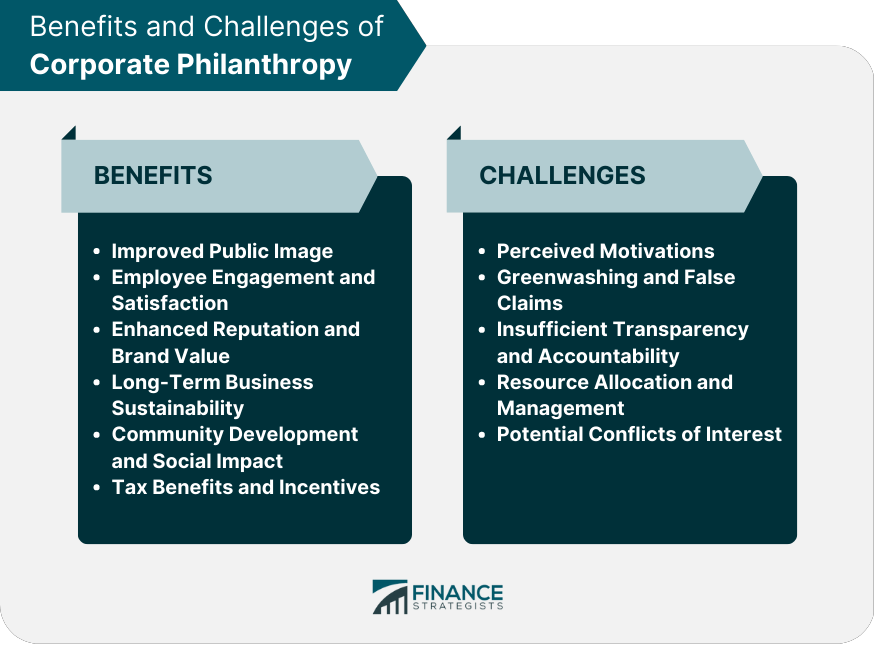
11. Philanthropic Engagement and Cultural Interests
Beyond his commercial ventures and political influence, Maurice Tempelsman dedicated significant time and resources to philanthropic and cultural endeavors, extending his impact into various global and domestic spheres. He notably twice served as chairman of the Corporate Council on Africa, an organization committed to fostering economic development on the continent. Additionally, he led the American Jewish Congress, a prominent lobbying group, showcasing his engagement with significant community and advocacy initiatives.
In recent years, Tempelsman channeled his considerable networking abilities and strategic acumen into addressing the global health crisis of AIDS in Africa. He chaired the international advisory council of the Harvard AIDS Institute, a public health program, where he was instrumental in marshaling his extensive contacts to connect politicians and scientists. This effort aimed to strengthen research and outreach programs, embodying his philosophy that “The important thing is to mobilize the different parties that can make contributions. Each of them lives in a different universe.”
His commitment to Africa also extended to supporting liberation movements. He notably helped underwrite Nelson Mandela’s historic first visit to the United States in 1990, just months after his release from 27 years of imprisonment under apartheid. This support underscored Tempelsman’s multifaceted engagement with the continent, encompassing both business interests and a commitment to progressive social change and human rights.
Tempelsman’s interests also encompassed classical art, reflected in his board and advisory roles at institutions such as Boston’s Museum of Fine Arts. His passion for art led him to acquire two 2,500-year-old statues of the Greek goddesses Demeter and Persephone in 1980, for $1 million. These pieces, originating from the art dealer Robin Symes, were later discovered to have been plundered.
When Italian experts identified the statues as looted antiquities from Morgantina, an archaeological site in Sicily, Tempelsman acted decisively. He donated the pieces to the Fralin Museum of Art at the University of Virginia, from where they were subsequently repatriated to Italy in 2007. This action highlighted his commitment to rectifying historical injustices, even when inadvertently involved, and underscored a broader ethical dimension to his cultural engagement.
Read more about: Prince Jackson’s Remarkable Journey: Inside Michael Jackson’s Eldest Son’s Stunning Transformation and Enduring Legacy
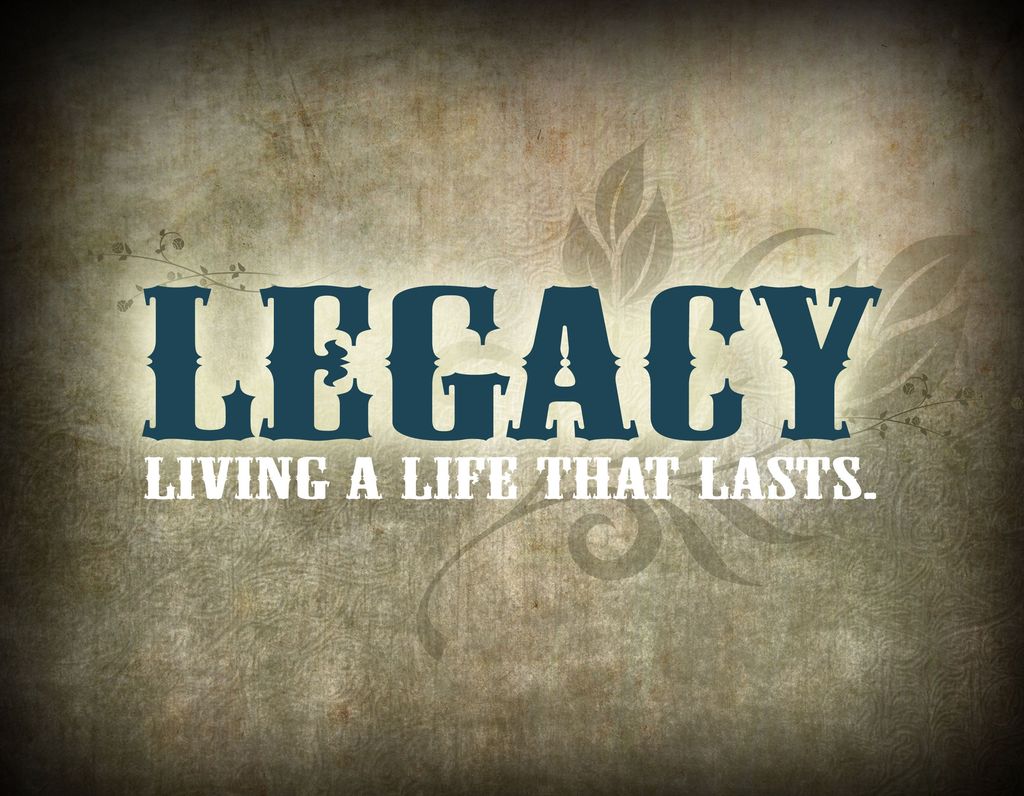
12. A Legacy of Influence and Private Power
Maurice Tempelsman’s life, which spanned 95 years until his passing on August 23 from complications of a fall, represented a complex mosaic of geopolitical intrigue, immense wealth, and profound personal connection. From his origins as a Belgian refugee, he meticulously built an international empire, becoming an authoritative figure in the diamond trade and navigating the highest echelons of power and wealth with unparalleled discretion.
He became a symbol of the opaque and ultra-clubby diamond market, an intensely private individual who rarely gave interviews but whose influence was undeniable. His capacity to operate effectively in the secretive world of global commodities, where he served as “the wizard behind the curtain,” exemplified his strategic brilliance and his ability to forge relationships across diverse political and economic landscapes.
Tempelsman’s legacy in Africa, marked by his controversial but strategically vital alliances with figures like Mobutu Sese Seko, stands as a testament to the moral complexities inherent in navigating post-colonial economic opportunities. This aspect of his career often contrasted sharply with the courtly and attentive image he presented in New York as Jacqueline Kennedy Onassis’s devoted partner, revealing a duality in his public and private personas.
His role as an informal advisor to U.S. policymakers and his deep engagement with national and international affairs, often operating through back channels, solidified his reputation as a unique figure who could facilitate communication and resolve issues beyond official diplomatic channels. As William Bradford, a former U.S. chargé d’affaires, observed, “He knew how to stay close to people without getting too close, so that when they fell, he didn’t fall,” encapsulating his masterful ability to maintain influence while preserving independence.
Product on Amazon: Power Without Permission The Biography of Erik Prince: Inside the Global Strategy, Private Influence, and Business Empire of a Reluctant Powerbroker
Binding: Kindle Edition Product Group: Digital Ebook Purchas
Price: 5.99 USD
Shopping on Amazon >>
Read more about: The Ultimate Hand: 14 Celebrities Who Are Surprisingly Good at Poker (And Who They Play With!)
In his final chapter, his devoted partnership with Jacqueline Kennedy Onassis brought a rare public glimpse into the private life of this intensely reserved man, revealing a capacity for deep loyalty and care. Tempelsman’s life, marked by resilience, ambition, and a nuanced engagement with global power dynamics, leaves behind a legacy as a figure who, through intellect and strategic acumen, profoundly shaped the worlds of commerce, politics, and personal connection.



